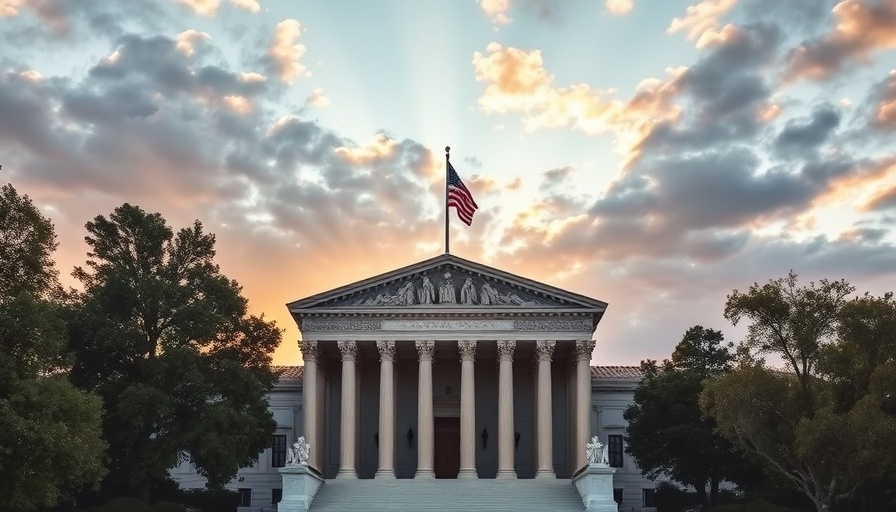
Supreme Court's Key Consideration: Racial Gerrymandering
The fate of Louisiana's congressional map hangs in the balance as the Supreme Court deliberates on whether to maintain the districts established for the 2024 elections. This map is notable for incorporating two majority-Black districts, a crucial aspect underscored by the protracted legal battles surrounding gerrymandering claims. The genesis of the current conflict stems from allegations that the state's new map is drawn with excessive reliance on race, prompting a closer examination of how race is integrated into political districting.
The History of Racial Gerrymandering Controversies
The Supreme Court's scrutiny of Louisiana’s congressional map is part of a broader narrative that has unfolded over decades regarding racially influenced districting. Historically, the Voting Rights Act of 1965 aimed to eradicate discriminatory practices affecting voter representation. However, the Act has faced numerous challenges, particularly after the Supreme Court's landmark decisions that have weakened its provisions. Since a pivotal ruling in 2013, where the court annulled the preclearance requirement designed to monitor states with histories of racial discrimination, the landscape of electoral power has dramatically shifted.
Legal Precedents Shaping Current Trends
The current case, Louisiana v. Callais, resonates within a tapestry of similar disputes across several states. In 2023, the Supreme Court invalidated Alabama’s congressional map, evidencing the court's willingness to scrutinize racial gerrymandering. Experts suggest the interaction between the Voting Rights Act and the 14th Amendment’s Equal Protection Clause creates a challenging legal framework where adherence to one can violate the other. Legal scholar Jeffrey Wice emphasizes the tension between these laws, stating, “What we're looking at is the decision on how you draw districts to comply with the VRA and at the same time, not violate the 14th Amendment's ban on drawing districts based on race.”
Understanding the Implications for Voter Representation
The implications of the Supreme Court's decision will reach far beyond Louisiana's electoral landscape. The case reflects a national concern over the fair representation of minority communities and the constitutional validity of current legislative districts. The original congressional map, which contained just one majority-Black district out of six, drew widespread criticism for diluting the voting strength of African-Americans, who make up nearly one-third of the state's population. As such, the court's ruling could either bolster or hinder the fight for equitable representation, impacting future electoral processes across the nation.
Future Outlook: Trends in Gerrymandering Cases
As the Supreme Court prepares to render its decision, analysts predict a potentially transformative impact on the way state legislatures approach districting in the wake of the census. Moving forward, it's critical for states to strike a balance between complying with the Voting Rights Act and adhering to the constitutional protections against excessive racial considerations in district creation. How Louisiana navigates this legal labyrinth may serve as a pivotal precedent for other states grappling with similar issues, highlighting the importance of a fair and just electoral framework.
Conclusion: The Call for Informed Citizenship
As the Supreme Court weighs its decision on Louisiana's congressional map, the ramifications on electoral representation and civil rights loom large. Voters and citizens alike must engage with these pivotal issues, fostering a dialogue around the importance of fair districting practices. Understanding the legal dynamics at play not only empowers communities but also encourages active participation in the democratic process, ensuring that voices are heard, and rights protected. Stay informed on this brewing legal battle as it unfolds, for the stakes are nothing less than the integrity of democratic representation itself.
 Add Element
Add Element  Add Row
Add Row 



 Add Row
Add Row  Add
Add 


Write A Comment